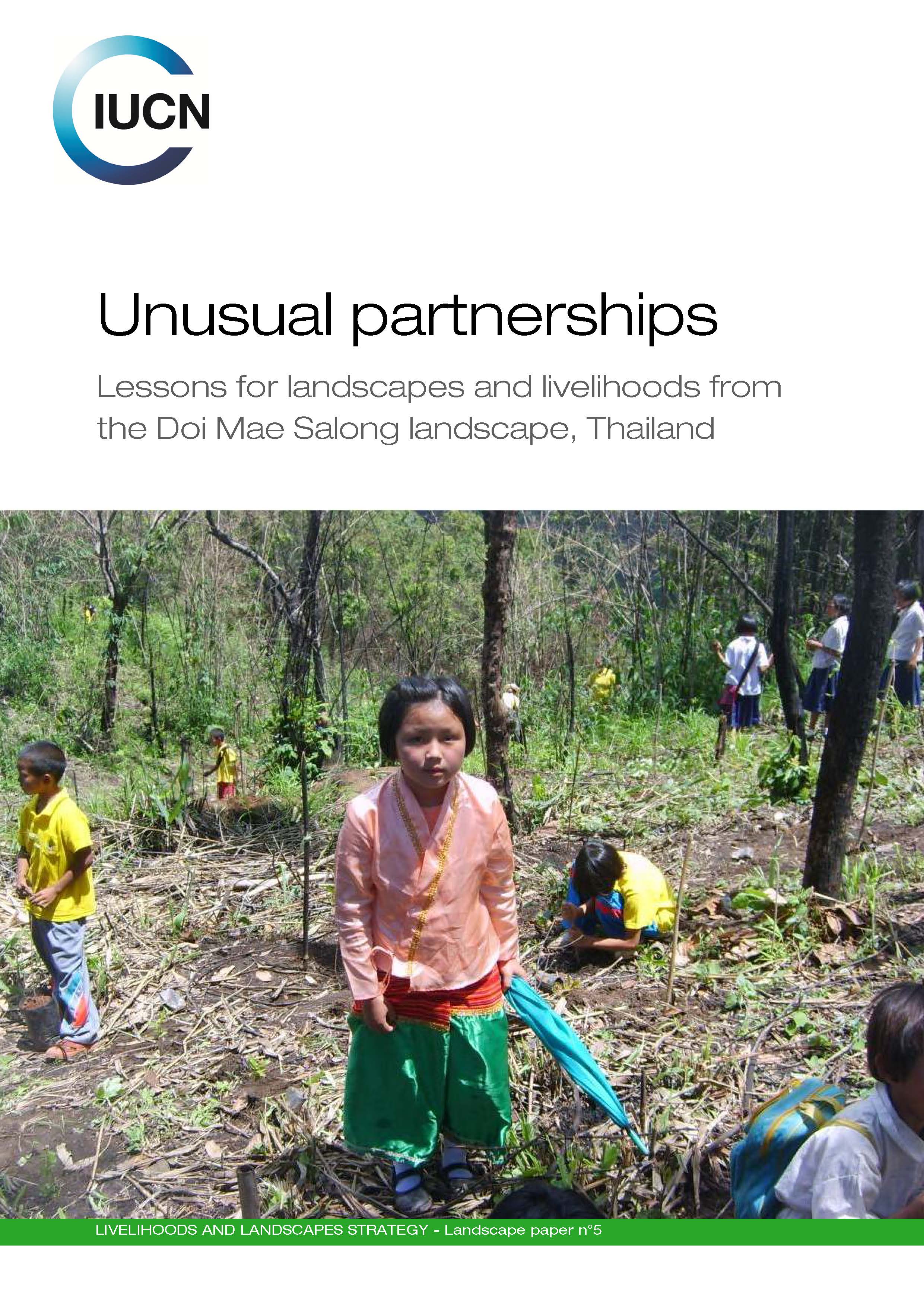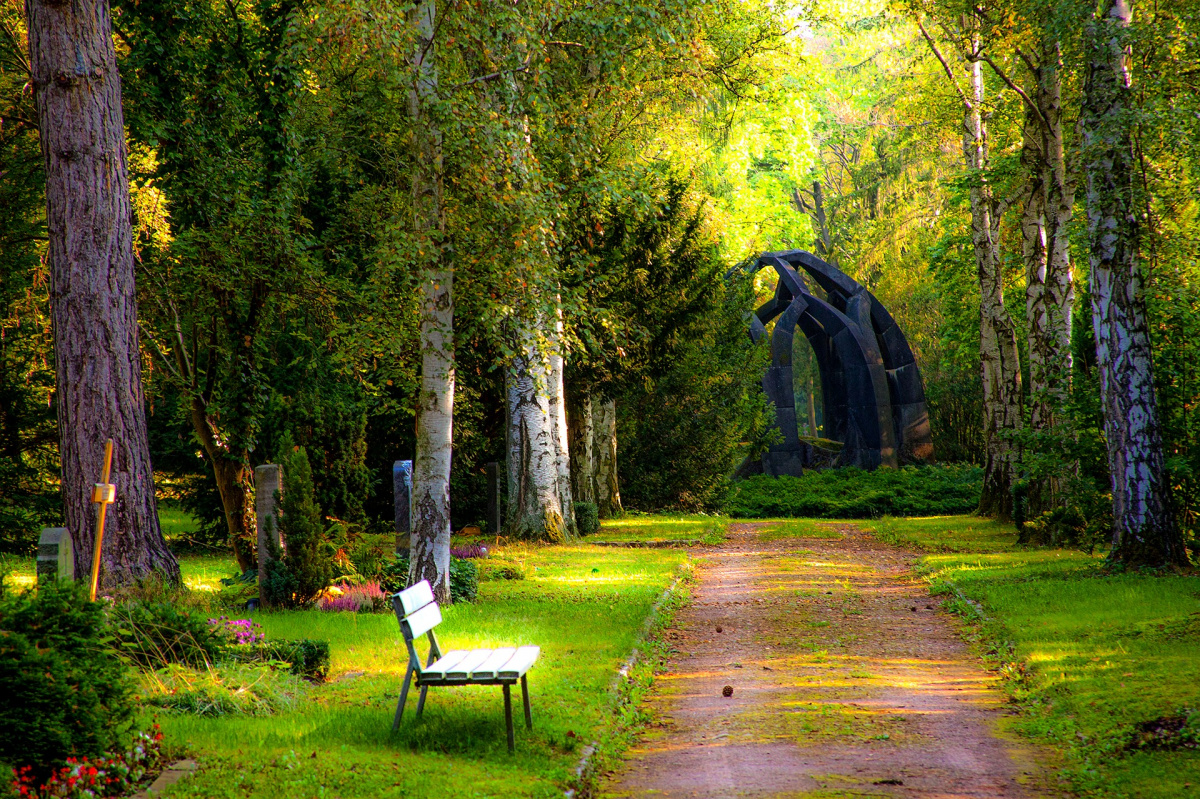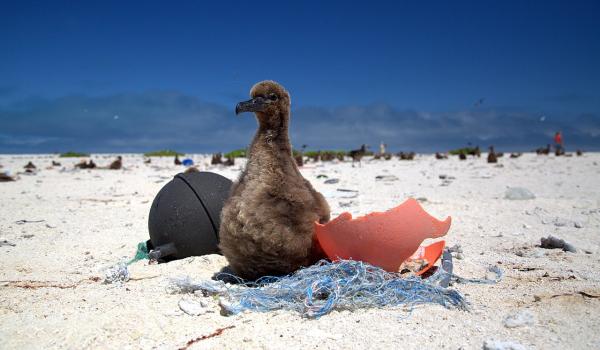Unusual Partnership - Doe Mae Salong Landscape, Thailand
The Doi Mae Salong watershed in the north-west of Thailand is the headwater of the Mae Chan River, a tributary of the Mekong River. As such, it is an extremely important landscape for the economy of the region. The landscape has the particularity of being designated a Military Reserved Area and coming under the control and command of the Royal Thai Armed Forces (RTAF).

Photo: IUCN
This paper describes the interventions undertaken as part of efforts to restore the landscape and improve the livelihoods of the communities that inhabit it.
Poor and unsustainable agricultural practices, forest encroachment, and a lack of understanding of the impacts of activities on the watershed further downstream had resulted in the landscape being severely degraded. This was exacerbated by poverty among significant portions of the population and lack of certainty among communities surrounding land-use and access rights.
In response to this, to coincide with the King’s 80th birthday celebrations, the RTAF decided to implement a programme of forest landscape restoration. However, this resulted in tension with the local populations – largely Hill Tribes – surrounding competing land uses. In the response, the RTAF, to its credit, rather than persisting with its efforts sought the assistance of IUCN. As a result, Doi Mae Salong became an LLS landscape.
Interventions included the formation of multi-stakeholder platforms to create a space for dialogue and ensure participatory land-use planning. The platforms were not static by any means and new stakeholders were included as they were identified. Other activities included the creation of tree nurseries to provide seedlings of native forest for rehabilitation of the forest land; identifying products – crops, NTFPs and medicinal plants – for sale in local markets; and a focus on action learning.
Land-tenure arrangements too proved key to these interventions. Land tenure in the landscape was based on customary law. This,coupled with competing and overlapping legislation over use and access rights, weakened incentives by local communities to intervene to protect the watershed. Project partners recognized that reforming land tenure arrangements would not be feasible. However, efforts were made to ‘tweak’ the arrangements through consultation in the multi-stakeholder platforms thereby offering assurances to local populations about continuing access and use rights. The impacts have been positive. Local communities working with the LLS team have been encouraged to implement efforts aimed both at protecting the landscape and providing sustainable livelihoods over the long term.
Crucially, one of the major take-aways from these interventions is that formal, legislated land tenure rights are not always a pre-condition for encouraging sustainable practices in the landscape; informally recognizing access and land-use rights can go a long way towards encouraging sustainable practices.



